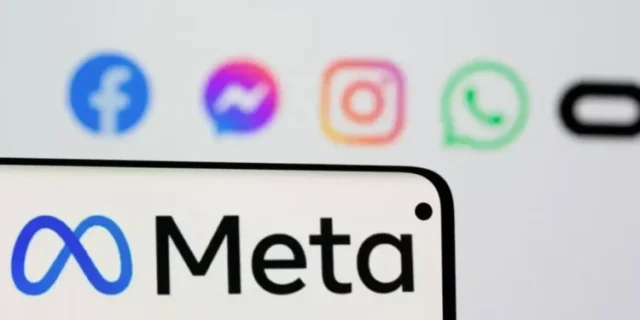In a strategic move to deepen its influence in Africa’s fast-growing digital ecosystem, Meta Platforms has announced substantial investments in data centres and subsea cable infrastructure. The announcement, delivered by Ben Ryall, Meta’s Edge Strategy Manager, at the launch of Digital Realty’s third Lagos Data Centre (LKK2) over the weekend, marks a bold step in reinforcing Africa’s digital backbone. Ryall emphasised that dependable internet access is no longer a luxury—it is fundamental to driving economic growth, financial inclusion, and societal progress across the continent.
The addition of LKK2, situated in Lekki, Lagos, brings nearly 2 MW of IT capacity over 13,000 square feet, seamlessly integrating with LKK1—the landing hub for the 2Africa subsea cable. This integration not only significantly boosts local infrastructure but also enhances Nigeria’s profile as a key hub in global digital connectivity. Through 2Africa, businesses in Nigeria now enjoy links to 46 landing points across 33 countries spanning Africa, Europe, the Middle East, and Asia.
Table of Contents
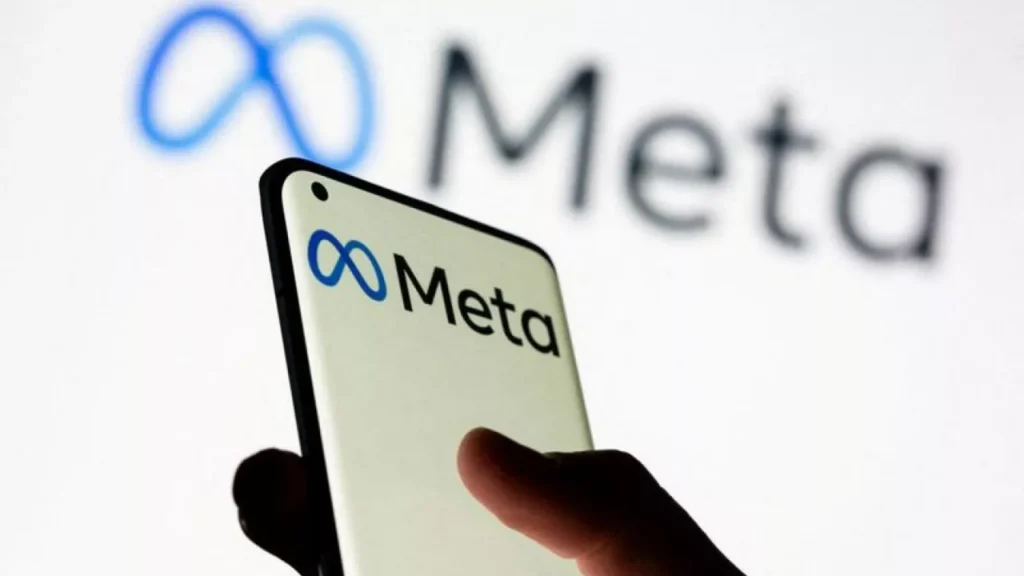
Scaling Digital Infrastructure for Africa’s Future
With Africa’s population projected to surge to 2.1 billion by 2050, Meta recognises both the challenges and opportunities embedded in this explosive growth. Sub-Saharan Africa, characterised by youthful demographics, represents a frontier in the global mission to connect the unconnected. Ryall aptly described it as “the last continent” to be fully integrated into the global digital network Nairametrics.
Meta’s infrastructure strategy centres on strengthening digital resilience and accessibility. The 2Africa subsea cable, part-funded by the company, is engineered to reduce dependence on single-cable routes, enhancing redundancy, redundancy, and overall internet capacity. Ryall highlighted that combining these subsea networks with advanced data centre assets like LKK2 will build a formidable digital scaffold to support services such as online education, telemedicine, e-commerce, and social media platforms.
Importantly, Meta’s vision extends beyond Nigeria. The company has laid out plans to expand investments in Ghana, the Democratic Republic of Congo, and other underserved African markets, aiming to establish “open, sustainable and resilient” infrastructure that maximises the continent’s digital potential.
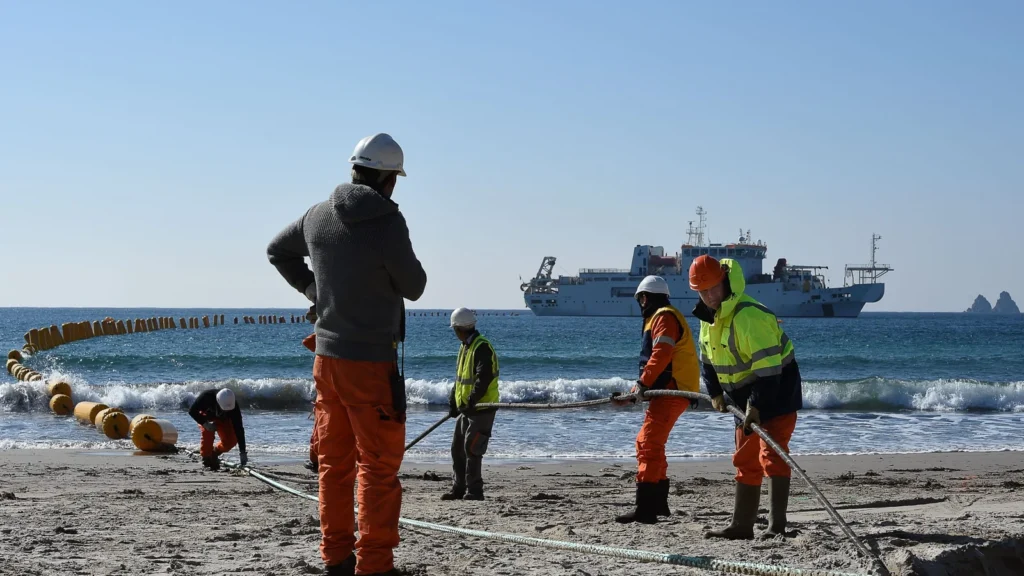
Meta’s Global Subsea Ambitions: Project Waterworth
These African investments form part of a broader global blueprint by Meta to control and revolutionise digital connectivity. Earlier in the year, the company unveiled Project Waterworth, an ambitious subsea cable venture spanning over 50,000 km—effectively longer than Earth’s entire circumference. This initiative is designed to interconnect five continents, with landing points in the United States, India, Brazil, and South Africa, making it the world’s longest undersea cable by length and capacity.
Budgeted as a multi-billion-dollar, multi-year endeavour, Waterworth aims to reinforce global data transmission capabilities, particularly in support of AI services. Using a 24 fibre-pair design, it surpasses the standard 8–16 pairs typically found in similar systems, granting unprecedented data throughput and reliability.
To safeguard this vast infrastructure, Meta plans to implement first-of-its-kind routing strategies—optimising cable placement in deep-sea environments (up to 7km depth) and employing stronger burial techniques in shallow, high-risk zones vulnerable to ship anchors and other hazards.
Leading publications, including Wired and Business Insider, underscore the scale and vision of Project Waterworth, framing it as a cornerstone of Meta’s intensifying focus on generative AI. These cables are vital—supporting over 95% of intercontinental internet traffic, and underpinning everything from financial systems to AI-driven social tools.
What This Means for Africa and Beyond
Meta’s investments signal a transformative shift in how Africa connects to the digital world. In Nigeria, the pairing of LKK2 data centre with the 2Africa cable strategically positions the country as a digital crossroads, with enhanced capacity, lower latency, and increased resilience.
This infrastructure will undoubtedly nurture growth across sectors: enabling e-learning platforms, powering digital banking and mobile money services, expanding remote healthcare (telemedicine), and accelerating the advancement of local content creation and digital entrepreneurship.
Beyond immediate gains, Meta’s model may inspire regional infrastructure development—prompting neighbours and partners to follow with open-access, scalable, and resilient networks. Communities in places like Ghana and the DRC can look forward to more robust digital ecosystems, bridging connectivity divides and bringing untapped human potential within reach.
Furthermore, Project Waterworth raises Africa’s stakes in the global digital economy. By anchoring this ambitious venture alongside local infrastructure, Meta is not only expanding its own digital footprint—but also strengthening the foundation for Africa’s future in AI, cloud computing, and next-gen mobile services.
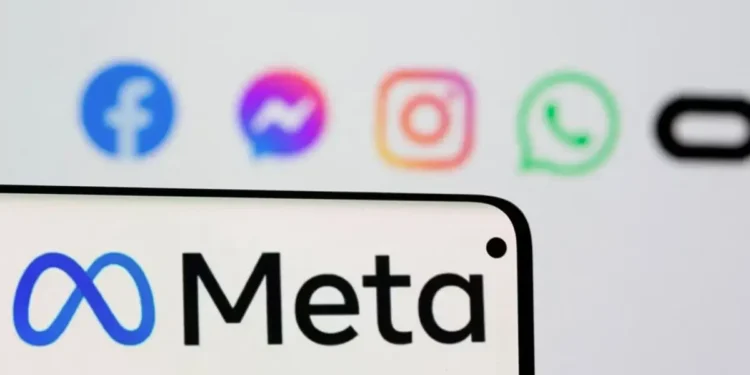
Conclusion
Meta’s bold infrastructure investments—through both LKK2 and the 2Africa cable in Lagos, and the wider Project Waterworth strategy—highlight a pivotal moment for Africa’s digital future. These initiatives reinforce Nigeria’s role as a continental hub while laying the groundwork for expansive digital transformation across the region.
By merging cutting-edge subsea technology with strategic local data centre deployments, Meta is sowing the seeds for inclusive growth, innovative services, and economic inclusion on a pan-African scale. As the digital age unfolds, these investments may well define who—not just where—Africa will be digitally in the years ahead.
Join Our Social Media Channels:
WhatsApp: NaijaEyes
Facebook: NaijaEyes
Twitter: NaijaEyes
Instagram: NaijaEyes
TikTok: NaijaEyes













![Tragic Incident: Fans of Seyi Vibez Die in Fatal Accident After Electrifying Lagos Concert [VIDEO] Seyi Vibez](https://naijaeyesblog.com/wp-content/uploads/2025/08/Seyi-Vibez-180x135.avif)






















